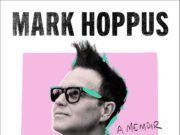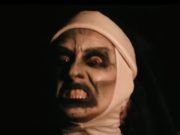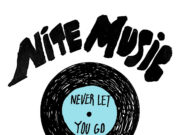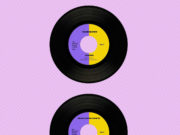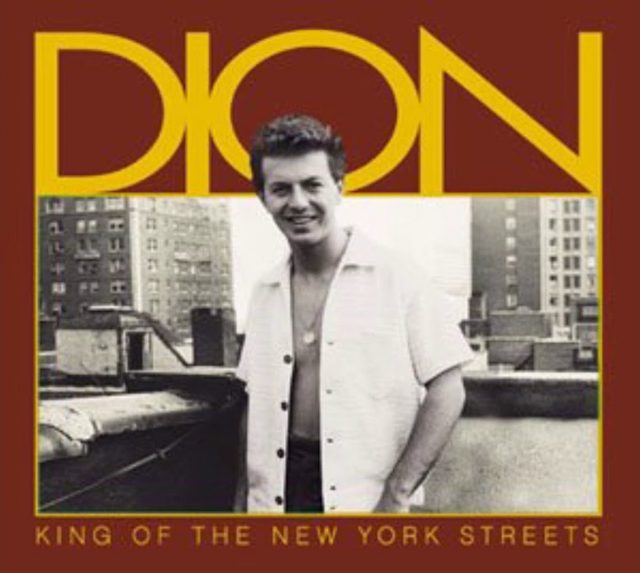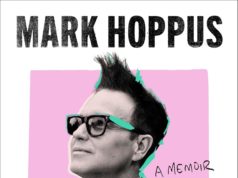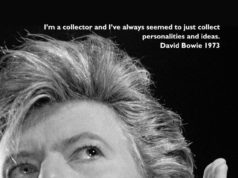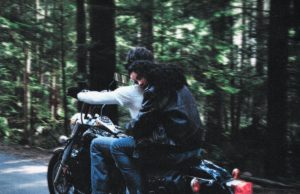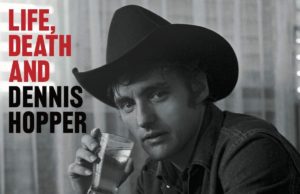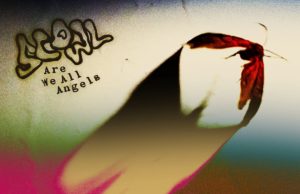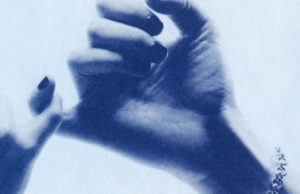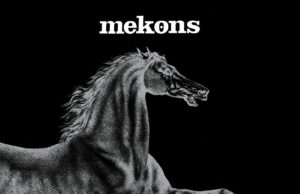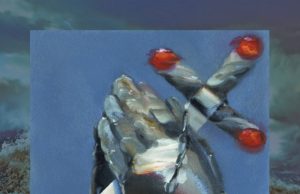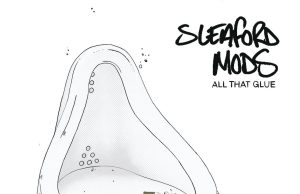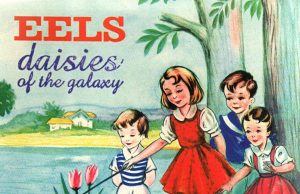This came out in 2001 – or at least that’s when I got it. Here’s what I said about it back then (with some minor editing). And full disclosure: I know more about Dion now than I did then.
He’s the type of guy who will never settle down. They call him The Wanderer. Yeah, The Wanderer. He roams around and around and around and around.
That’s pretty much everything I know about Dion. Sure, I could tell you a few things about his gal Runaround Sue (Sue goes out with other guys — you better keep away). But as for Dion DiMucci himself, I’ve been sadly uninformed. In fact, I wasn’t even sure his last name was DiMucci until just now. I had to look it up. That’s how bad it is.
Truth is, I never thought there was much to know about Dion. To my mind, he was just another two-hit wonder from the ’50s whose songs invariably turn up in bad old movies where girls in poodle skirts hang out at the malt shop with guys who drag race down Main Street after the prom.
Turns out there’s more to Dion than that. As the new three-CD set King of the New York Streets makes abundantly clear, DiMucci’s career extends far beyond the American Graffiti era — both in terms of his own work (he continues to record to this day) and his influence on other artists from Bruce Springsteen to Billy Joel, each of whom spent years trying to duplicate the flawless simplicity and timeless perfection of Runaround Sue and The Wanderer.
Those songs and that sound grew out of the close doo-wop harmonies the young DiMucci honed on the streetcorners of the Bronx with the childhood pals who became his backing combo The Belmonts. As Disc 1 tells us, the group issued a slate of serviceable but uninspired cuts (A Teenager in Love, Where or When) before capturing lightning in a bottle with those breakthrough tracks in late 1961. As the disc also tells us, they never managed to rekindle that spark, although lesser hits like Ruby Baby and Donna the Prima Donna kept The Belmonts popular until The Beatles arrived in the early ’60s and killed doo-wop.
But as Disc 2 informs us, Dion kept going, transforming into a Dylanesque troubadour, recording acoustic versions of Purple Haze and Abraham, Martin and John — and picking up a heroin habit. Even more surprising, he chronicled his (eventually successful) battle with addiction on a folky tune called Your Own Backyard, a frank confessional (“My idea of having a good time was sitting with my head between my knees”) that serves as the set’s centrepiece and standout track, the best piece of evidence here that Dion still had something to say.
Unfortunately, Disc 3 shows it was mostly downhill after that. Like a lot of ’50s and ’60s stars, Dion struggled through most of the ’70s and ’80s, penning the occasionally great number that nobody heard (the nostalgic Midtown American Main Street Gang) along with clunkers nobody should have heard (Guitar Queen, a Johnny B. Goode-style ode to Bonnie Raitt), covering tracks that just weren’t his style (Tom Waits’ Looking for the Heart of Saturday Night) and generally being too old to be cool but unwilling to quit. After being inducted into the Rock And Roll Hall of Fame in ’89, Dion has enjoyed a resurgence with covers of Springsteen’s Book of Dreams and If I Should Fall Behind and enlisting young bucks like Dictators guitarist Scott Kempner to beef up his live band.
Sure, it’s still a long way from The Wanderer, but you gotta give Dion credit. Forty years later, he’s still the type of guy who will never settle down.





